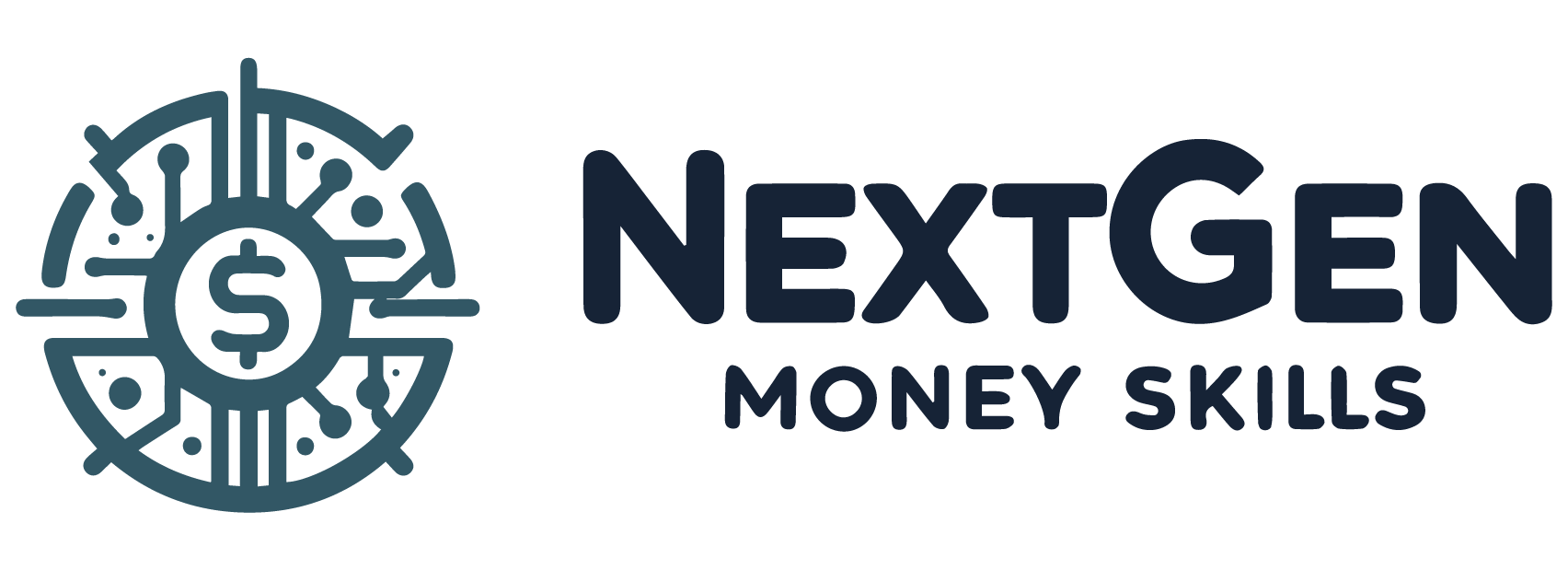Table of Contents
Imagine the peace of mind that comes with having an extra $10,000 in your bank account. Now, what if you could achieve this in just three months? It may sound challenging, but with determination and a strategic plan, you can save money and hit this lofty goal. You’ll need to harness a robust mindset, make some sacrifices, and streamline your cash flow, but the financial freedom you’ll gain is well worth the effort.
To embark on this aggressive saving journey, you must first understand the magnitude of the task ahead. Saving $10,000 in three months breaks down to approximately $3,333 monthly, a steep climb from the $1,667 required for a six-month timeframe. This accelerated pace demands immediate action and unwavering commitment to your financial targets. Read on to learn how to save 10 000 in 3 months.
Setting the Foundation for Savings Success
Before piling up savings, you need to lay the groundwork. This begins with a candid assessment of your current financial situation. By setting a clear goal and creating a detailed budget, you can steer your daily expenditures toward saving money. As you pay down debt and scrutinize your spending, consider how you might boost your income and make lifestyle adjustments to supercharge your savings plan.
Assessing Your Financial Landscape
To save $10,000 in 90 days, you’ll need an accurate picture of your finances. Start by compiling a list of all your sources of income, monthly expenses, debts, and assets. This financial inventory will be the bedrock of your savings strategy, allowing you to identify areas where you can cut back and increase your cash flow.
Evaluating Current Spending Habits
Review your bank statements and credit card bills to spot where your money is going. Keep an eye out for recurring costs that may not be essential. For example, a gym membership you rarely use could be a place to trim expenses. Understanding your spending patterns lets you decide where to cut back and redirect funds toward your savings goal.
Controlling Debt With Effective Strategies
Debt can be a major roadblock in your saving endeavors. Start by paying off your smallest debts to build momentum—a method known as the debt snowball. As each smallest debt is paid, roll the payments into the next smallest, creating a cascade effect. At the same time, ensure you’re making minimum payments on all debts to avoid penalties. Consider the avalanche method for high-interest debts, where you focus on the debt with the highest interest rate first, potentially saving you money in the long run. Systematically paying off your debts frees up more money to contribute to your savings goal.
Establishing a Clear Savings Goal
Embarking on a savings journey without a specific target is akin to setting sail without a compass. To save $10,000 in three months, you must crystallize this figure as your financial North Star. Break it down to $3,333 per month, $833 per week, or about $119 daily. This clear-cut goal will serve as a daily reminder of your mission, providing both direction and motivation to steer your financial ship toward the shores of success.

Crafting and Committing to a Budget
Just as a skilled architect draws up detailed blueprints before construction, you must design a financial plan precisely. Commit to a budget that aligns with your $10,000 goal. Each dollar should have a purpose from when it lands in your account to its final destination. With commitment and vigilance, your budget becomes the scaffolding for building your savings.
Designing a Monthly Budget Blueprint
With your savings goal as the endpoint, work backward to create a budget that bridges the gap between your current finances and your $10,000 target. This blueprint should be comprehensive, accounting for all income and expenditures and highlighting opportunities for savings. By seeing the monthly savings requirement of $3,333, you’ll gain clarity on the financial adjustments needed to stay on track.
Prioritizing Essential Expenses
Focusing on essential expenses is crucial for maintaining financial stability while pursuing substantial savings. Shelter, utilities, groceries, and healthcare are non-negotiables, forming the bedrock of your monthly expenditure. Trim unnecessary expenses to ensure that these pillars of your livelihood are not compromised, safeguarding your budget’s integrity and preserving the pathway toward your ambitious savings goal.
Cutting Back on Non-Essential Spending
Non-essential spending often conceals itself in the comforts we take for granted, like that gym membership you rarely use. Scrutinize such expenses with a discerning eye and consider more cost-effective alternatives. Swapping the gym for outdoor runs or at-home workouts can save a significant sum. Remember, each dollar saved is closer to your $10,000 summit.
Implementing a 30-day Spending Fast
A 30-day spending fast is a powerful tool to curb the small expenditures that slip under the radar yet cumulatively drain your wallet. By committing to a month without non-essential purchases, you’ll save money and recalibrate your understanding of needs versus wants. Start by cutting back on conveniences like salon visits or café-bought coffees—doing your hair or nails at home and brewing your coffee can lead to substantial savings. Additionally, evaluate your subscriptions and memberships; if you’re not utilizing them fully, it may be time to cancel. Even a temporary pause in such services can boost your savings significantly.
Maximizing Your Earning Potential
Trimming expenses is half the battle in the quest to save $10,000 in three months; the other half augments your income. In today’s digital landscape, opportunities to make money are abundant and can complement your primary income source. You can supplement your earnings significantly with a bit of creativity and persistence. Consider your skills and interests, then align them with market demand to identify lucrative side gigs. From online freelancing to creating digital content, the potential for extra income is vast and waiting for you to tap into it.
Exploring Side Hustles and Freelance Opportunities
Today’s gig economy offers diverse side hustles and freelance opportunities that can be the key to reaching your financial target. Whether leveraging your writing skills for blogging, selling unused items, or even dog walking, these ventures can considerably boost your income. Embrace the spirit of enterprise and begin the journey toward your $10,000 goal with a side hustle that suits your lifestyle and capabilities.
Popular Side Hustles to Launch Within Three Months
When considering side hustles, you can start within three months and think of services in high demand with low entry barriers. Dog walking, for instance, is a popular choice that requires minimal upfront investment but offers consistent income, especially if you live in a pet-dense neighborhood. With the proper dedication, you can establish a solid client base quickly. This, along with other versatile side gigs, can significantly bolster your savings, helping you to meet and exceed your three-month financial objective.
Revisiting Your Living Situation for Savings
Reevaluating your living situation can unearth significant savings. Consider sharing your space; a roommate can halve your rent and monthly expenses. If that’s not feasible, downsizing or relocating to a more affordable area can drastically reduce costs. For a temporary fix with substantial impact, staying with family or friends or house hacking—renting out a room or a portion of your property—can free up cash to funnel into your $10,000 goal.
Smart Financial Moves to Accelerate Savings
Smart financial decisions are crucial in your quest to save $10,000. Start by crafting a robust budget that includes aggressive saving targets. Paying down high-interest debt quickly frees up more money for saving. Additionally, scrutinize your daily spending to find and eliminate excess. Boosting your income with additional work, alongside these strategies, can significantly expedite your savings timeline.
Paying Yourself First as a Savings Technique
‘Paying yourself first’ means setting aside a portion of your income for savings immediately upon receiving it. This proactive approach ensures savings are prioritized over other expenditures. Decide on a percentage of your income to automatically divert to savings, treating it as a non-negotiable expense. This habit ensures consistent growth in your savings, propelling you towards that $10,000 mark.
Automating Your Saving Efforts
Automating savings can simplify your journey to $10,000. Set up automatic transfers from your checking to your savings account right after payday. This ensures you save before you have a chance to spend, removing the temptation and making the saving process effortless and reliable.
Utilizing High-yield Savings Accounts
A high-yield savings account can be a game-changer for the funds you’re diligently saving. These accounts offer interest rates significantly above the national average, maximizing your average savings growth without additional risk. By stashing your cash in one of these accounts, you’re not just saving; you’re earning more on what you save, accelerating your progress towards the $10,000 goal.

Lifestyle Adjustments for Big Savings
Substantial savings often require lifestyle changes. Opting for public transportation over personal vehicles can dramatically cut commuting costs. Similarly, purchasing generic brands instead of name brands can yield considerable savings without compromising quality. These small, mindful decisions accumulate quickly, contributing to your larger savings objective.
Embracing Frugality Without Sacrificing Quality of Life
Frugality doesn’t have to mean deprivation. It’s about making smarter choices that align spending with your savings goals. Seek value, invest in quality over quantity, and find affordable ways to enjoy life’s pleasures. By being resourceful and finding cost-effective alternatives for entertainment and self-care, you can maintain a rich quality of life while saving aggressively.
Avoiding Common Financial Pitfalls
To safeguard your savings, steer clear of common financial pitfalls. Avoid impulse buying by waiting 48 hours before making any non-essential purchases. Be wary of ‘sale’ items that aren’t truly necessary, as they can still dent your budget. Lastly, don’t let lifestyle inflation consume your extra income; channel any raises or bonuses into your savings account.
Rewarding Yourself Wisely to Maintain Motivation
Setting aside $10,000 in just three months is no small feat, and it’s important to recognize your progress to stay motivated. When you hit a savings milestone, reward yourself with something small but meaningful. Perhaps a modest dinner out or a new book you’ve been eyeing. These treats should be budget-friendly and maintain your overall goal. The joy in these rewards lies not in their cost but in the fair acknowledgment of your hard work and discipline.
How to Save 10 000 in 3 Months: Your Three-Month Challenge Recap
Congratulations on tackling a formidable personal finance mission! You’ve taken control of your financial future by setting clear savings goals. Over the past three months, you’ve learned the importance of differentiating between essential everyday expenses and unnecessary outlays. You’ve mastered selling unwanted items for extra cash and refined your approach to managing living expenses. Your discipline and commitment are the bedrock of sustained financial success.
As you celebrate this achievement, remember the strategies that got you here. Whether utilizing the snowball method to reduce debt or revising your budget to cut costs, each step was crucial. Keep this momentum; the habits you’ve formed during this challenge will be a foundation for all your future financial endeavors. The journey to $10,000 was just the beginning—your path to financial security and freedom is well underway.




